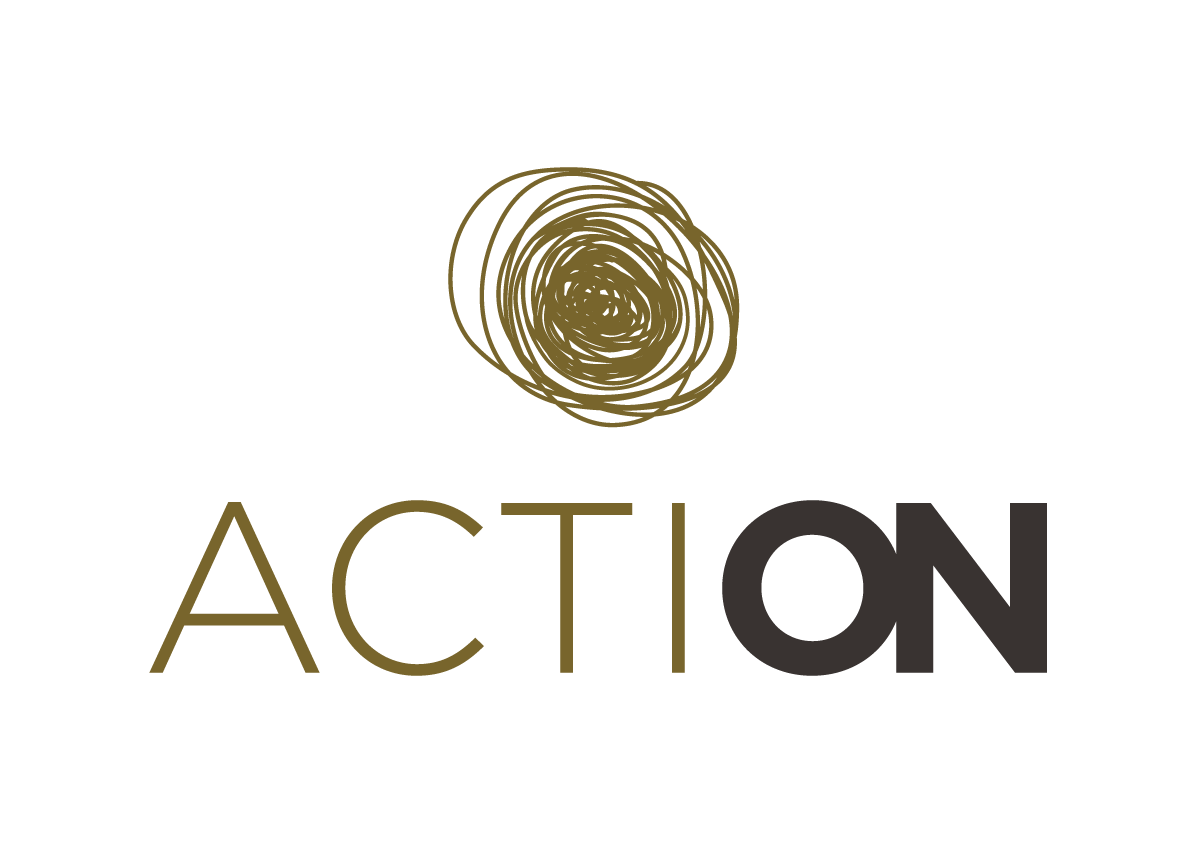By Jaime Zamorano & Lucía García – UCM
Citizen science is a growing field that is generating new knowledge through the collaboration of citizens in scientific research.
As this field expands it has started showing that it can be integrated into education in both formal and informal learning environments. In particular, the integration into education systems is creating new synergies as students acquire not only the skills necessary for participating in the project, but also a deeper understanding of the scientific method.
In terms of productivity, we have detected a few factors directly impacting the performance of the students in an environment with clear learning objectives while collaborating in the Street Spectra project.
1) Age
Although 12-year-old students are perfectly able to perform the tasks they usually need assistance to sing in and frequently forget their passwords.
16-year-olds and older have shown more engagement and take up to 6 times more pictures than younger students.
2) Phone
Most schools have rules against allowing the students using their own phone at class. Some of them leave it at home, so it is not a distraction.
This makes it very important to explain the needs to the teachers so they can inform the parents that phones will be needed. In some cases, students don’t have a phone at all. For them, the phone can be replaced by a computer if the school has some. A group of students using mixed systems works fine.
3) Internet access
Most students own a cell phone, but the youngest usually lack a data plan. Schools usually do not provide WIFI to their students, so sharing your own Internet with them. Internet access can make a difference in some places.
4) Motivation
Students are best motivated by their own teachers. How does the project relate to the subject they are studying? Finding a connection and mentioning it during the talk will not only stimulate the students, but the teachers. An encouraging teacher will help the students during the hands on and even offer some extra points to the students that take the project seriously.
5) Making a good presentation
The most important part of the activity is the initial introductory talk. We tried to make our own interesting, easy to understand and full of appealing pictures.
6) Virtual classroom
The virtual classroom is the perfect place to share some homework with the students. Repeating the basic instructions and being specific about how much work is expected from them is the key. Students perform better if they are trying to reach a specific number of pictures or classifications.

